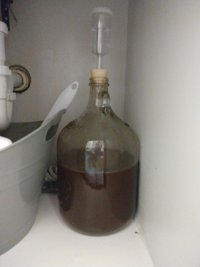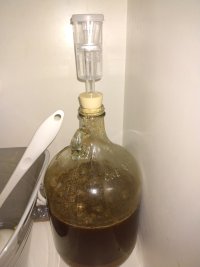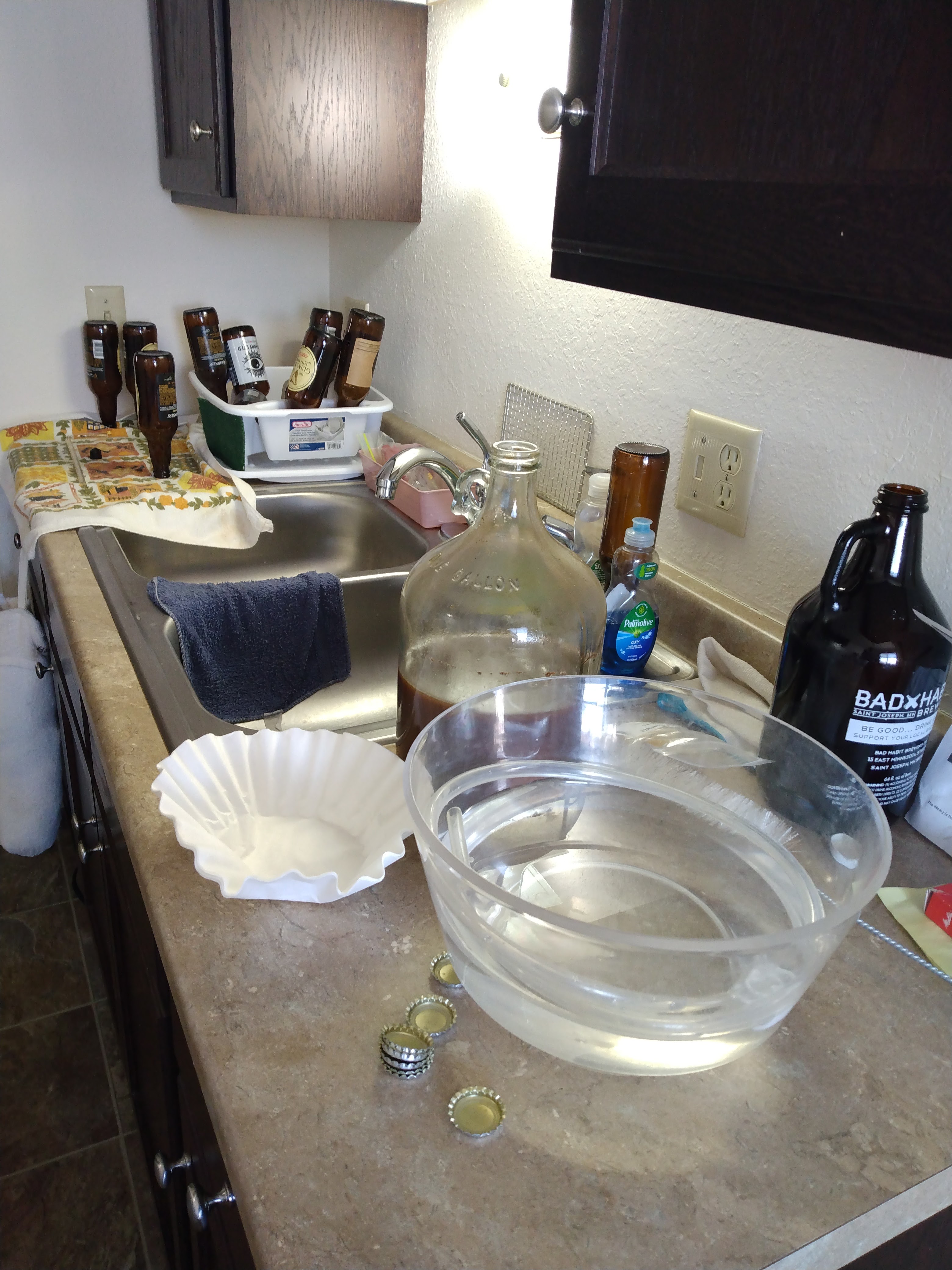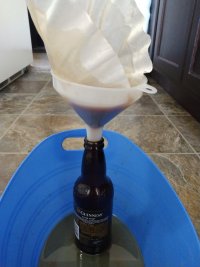BillyKilgorePilgrim
Member
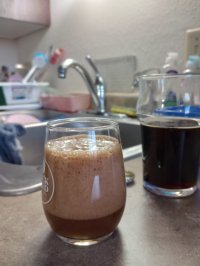
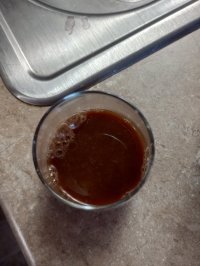
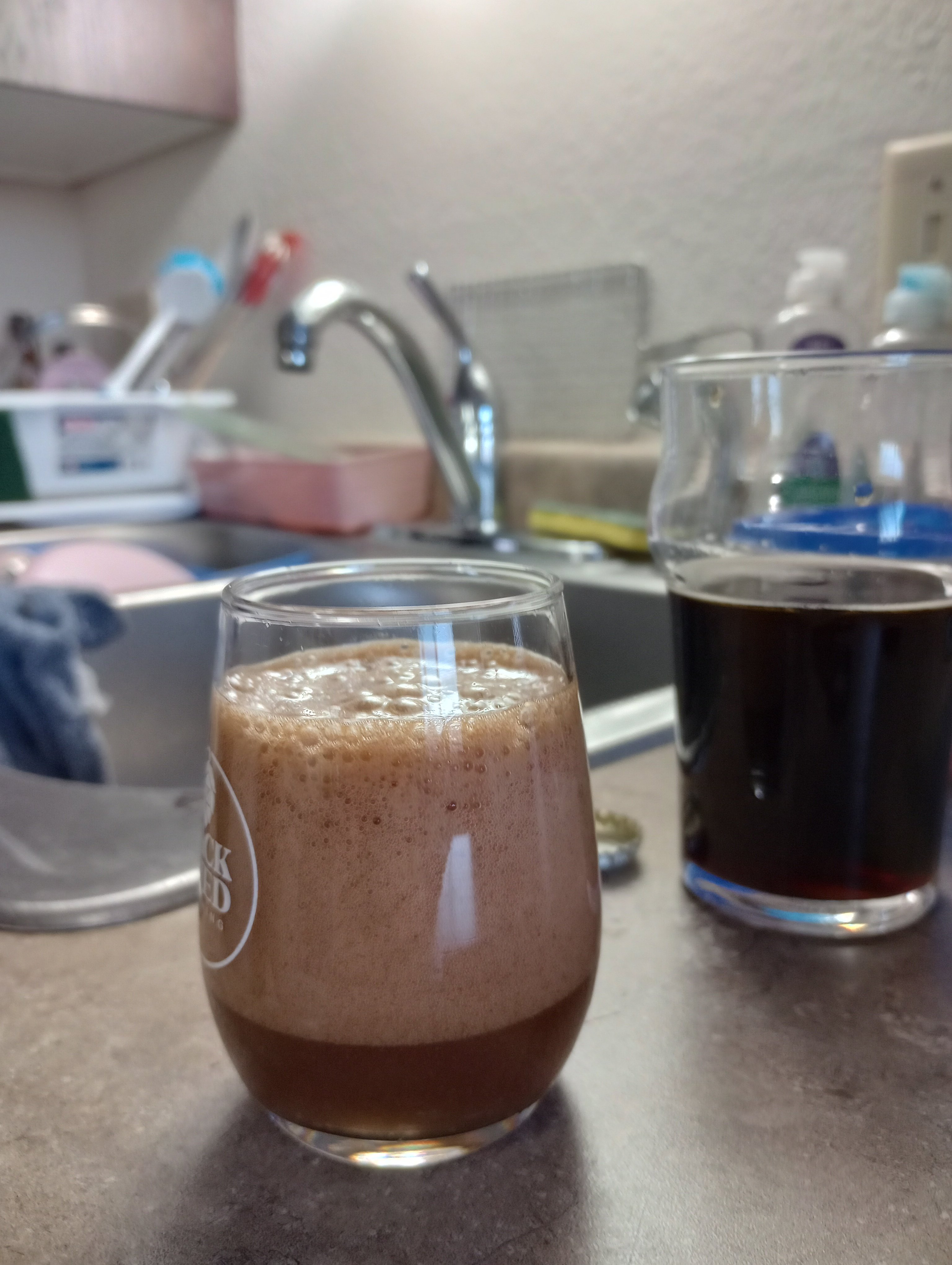
I have posted once before, with excellent advice I sought for an extract dry stout I brewed semi-un-successfully. To which I brewed more afterwards. This thread is in regards to my most recent recipe. I received the recipe idea from my father who is coincidentally my middleman for kits, ingredients, and equipment. However, I have some questions and some photographs. Please, be advised. They are graphic for any veteran brewer who may view this post.
I've attached just about most of the documentation I recorded via camera throughout the process. I could not siphon my beer into any bottles. So, I phoned my pub nearby and asked for some thin coffee filters, they obliged me. Walked over in my brewers apron and grabbed them as I sipped on a pint before leaving. Burned right through those filters with my first 3 bottles. Could not filter anything out. I most definitely made a bum mistake during this. I believe it was mainly not siphoning correctly. But, look through the photographs (if you can click on them that is.) and let me know what you think I can do differently next time (which will be in a week most likely). Please provide feedback, thorough, laymen's terms preferably, my brewing chemistry is nearly non existent.
Also: As the name implied, it's supposed to be a stout. More precisely, and Irish Stout. However, I added natural coco powder (chocolate baking powder) to my wort as I mixed in my malts. Probably a chocolate stout then?
More importantly, my test bottle (yielded 8 out of 12) poured a very murky brown colour. The mouthfeel? Buttery? Oily? But it smelt like the beer I wanted. It had a decent amount of head. I'm leaving the rest in the closet for a couple more days before I store them in the fridge. Anyway, as I stated earlier. Please provide feedback.
Whatever you can ask, advise, correct, or any other verbage you have for this poor pitiful amateur brewer... please be honest. I appreciate anything.
